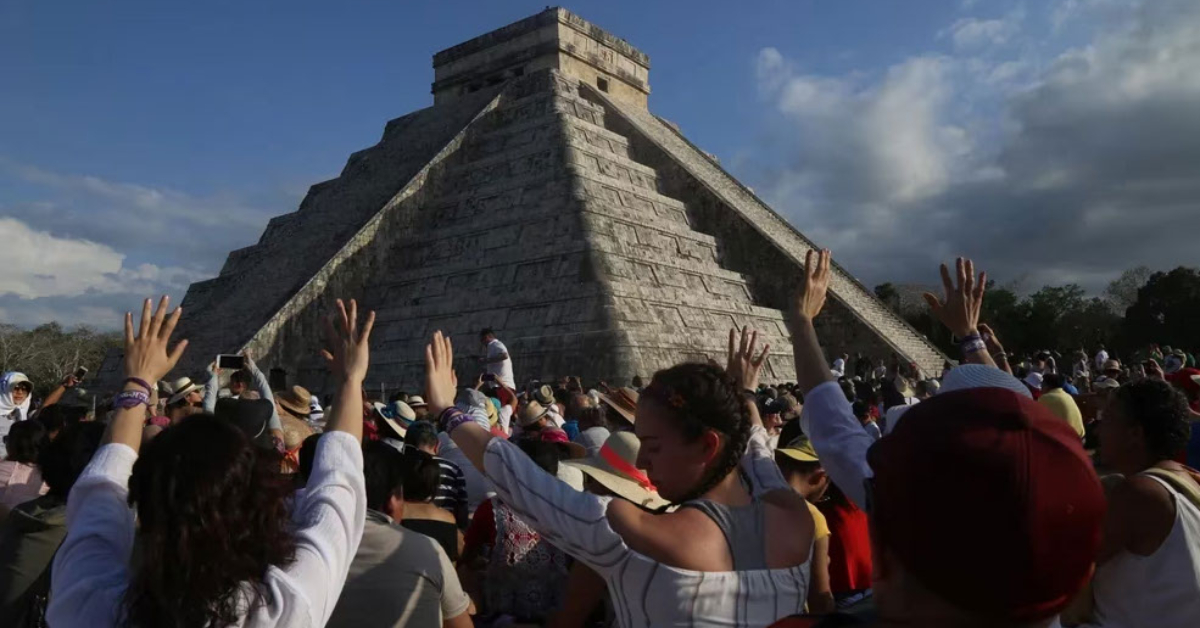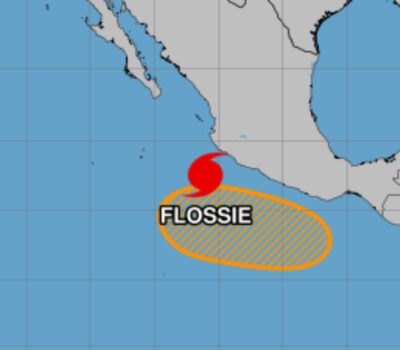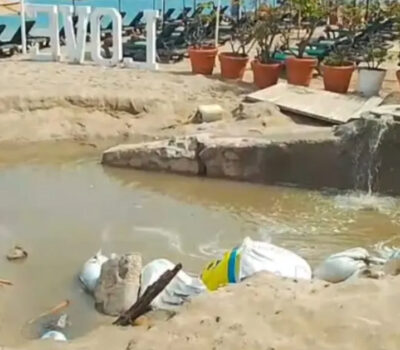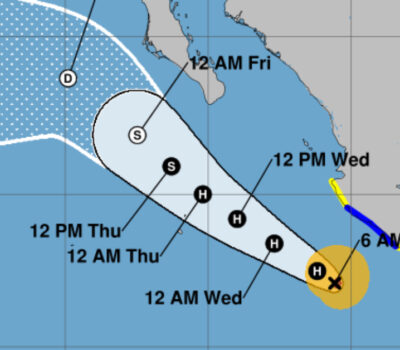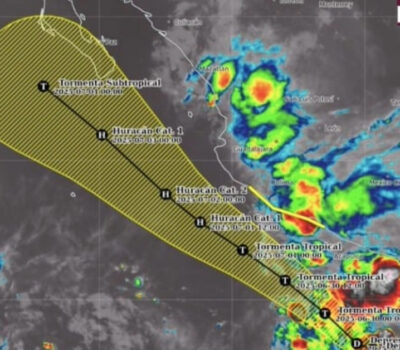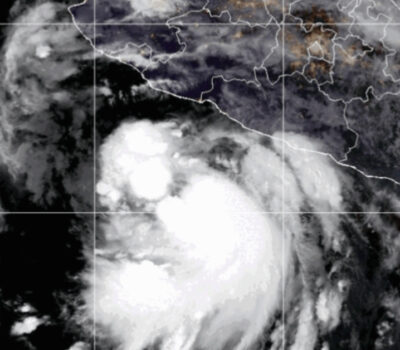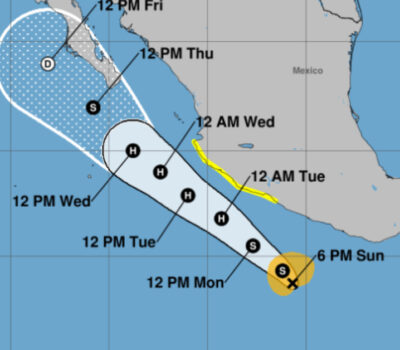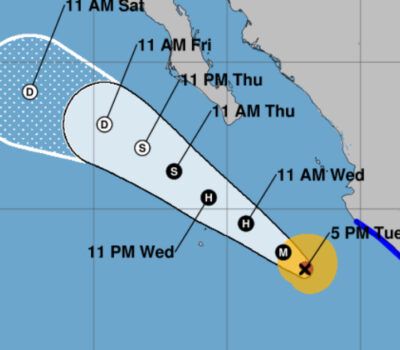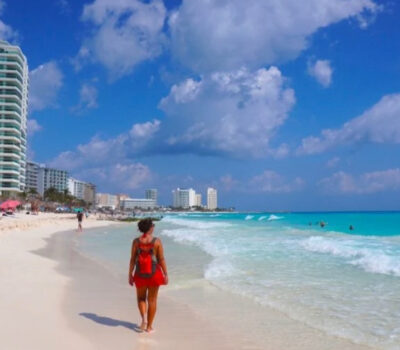Puerto Vallarta (PVDN) – Every year, two of the main archaeological zones in Mexico draw thousands of people from all over the world who gather to observe an astronomical event: the Spring Equinox. Both Teotihuacan, in the Mexican highlands, and Chichen Itzá, in the Yucatán peninsula, have two enormous palaces that —for hundreds of years— have projected light and shadow with ancient meaning.
What is the Spring Equinox
Day and night are the results of the rotation movement of the Earth, which consists of turns on its own axis; each of them lasts 24 hours, while the planet also complies with a movement around the Sun, which gives rise to the seasons of the year.
As a result of this —every six months— there is a moment in which day and night have almost the same duration. One of them happens between September 22 and 23, called the Autumnal Equinox, and one more between March 20 and 21: the Spring Equinox.
And it is that the Earth’s axis has an inclination of 23.5 degrees, so sunlight does not illuminate both hemispheres proportionally throughout the year; there are seasons in which the northern side of the planet receives more heat due to its inclination towards the Sun, while the southern hemisphere is colder.
On the contrary, when the south is more inclined to the Sun, the northern hemisphere will have lower temperatures. Those extremes are summer and winter. But between those two seasons, in the transition, there are seasons in which the Sun is positioned over the Equator, illuminating both hemispheres almost equally. It’s about spring and fall.
This phenomenon was observed for millennia by ancient civilizations. In Mesoamerica, both the Teotihuacans and the Mayans observed the skies and, as a result of their study, created calendars and star maps, which were used —among other things— to plan agricultural cycles.
In this way, these cultures erected great monuments based on the equinoxes, dedicated to their deities. In the city of Teotihuacan, between the years 150 and 250 AD, the Temple of Quetzalcóatl was built, while around the year 1200 AD, the Mayas of Yucatan built the Temple of Kukulkan, El Castillo.
Both monuments were built with such precision that they indicate the beginning of spring, in March, and autumn, in September. However, its beauty lies in the way it manifests itself because, with the first lights of March 20 or 21, the shadows of the stairs project the figure of a giant serpent that descends through the temple of Quetzalcóatl; In Chichan Itzá the phenomenon takes place with the lights before sunset and you see the path of the rattlesnake in the shadows.
For the Mayans, this astronomical event represented the arrival of the god Kukulkan, the feathered serpent, which is reflected in the northeast façade of the temple. And with its descent, celebrations, and pilgrimages were held, while the beginning of the planting of corn was marked.
For this reason, thousands of people visit both archaeological sites between March 18 and 21 in order to see the effect of light and shadow that occurs in both monuments.
Puerto Vallarta (PVDN) - Every year, two of the main archaeological zones in Mexico draw thousands of people from all over the world who gather . . .

